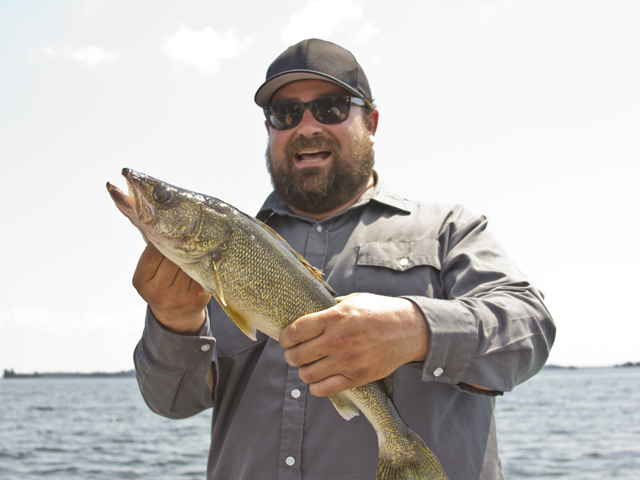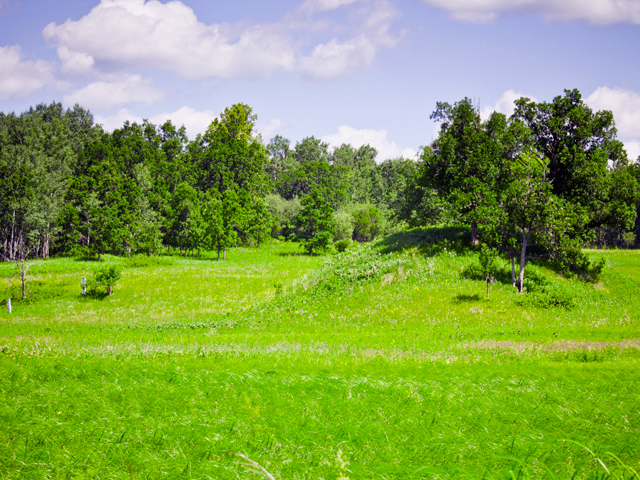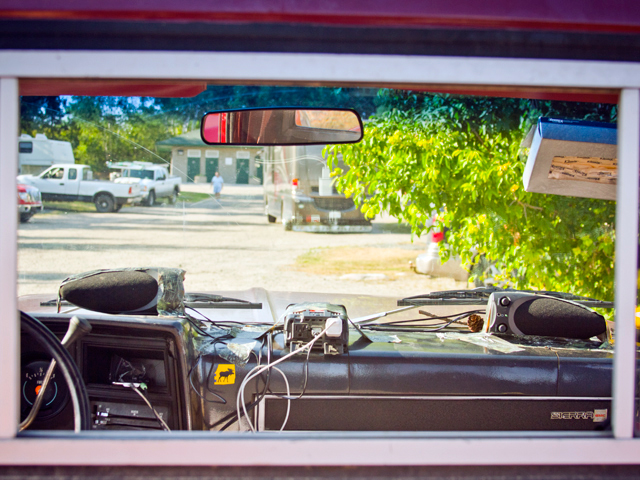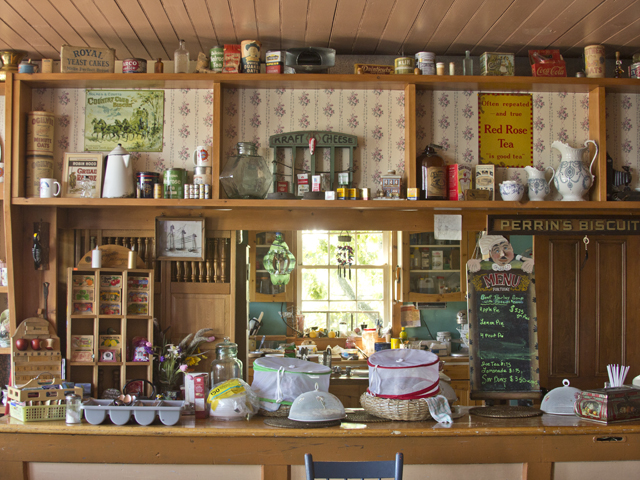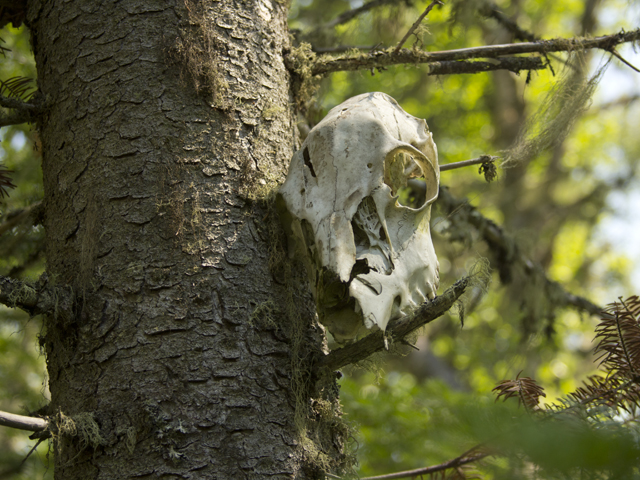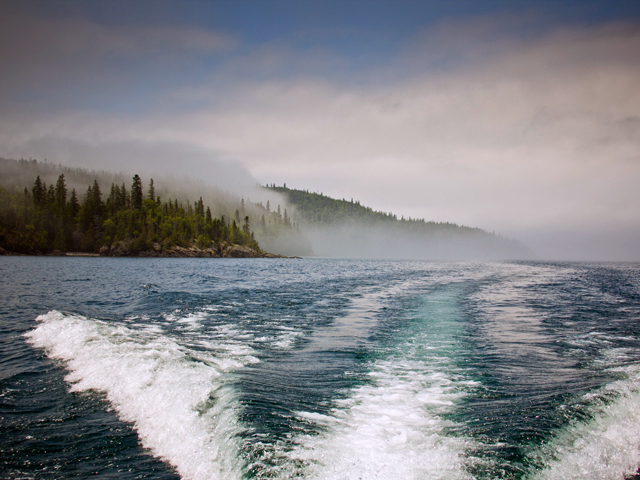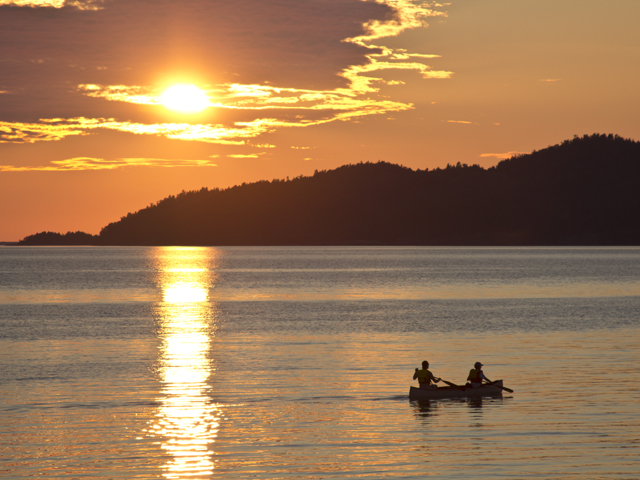Today everyone but me went fishing for the Lake of the Woods spirit animal, the Muskie, with Jamie from Bruce Canadian Angling. (They didn’t catch one.)
I took the truck for an oil change.
(I also had a coffee and some apple strudel at Second Street Bakery, and when the day got too hot to think in, I swam in the Lake (of the Woods!) at the Anicinabe Campground.)
Then Alexe and I dropped by Green Adventures to borrow a couple of boats from Scott, and we went for a peaceful paddle down the river through the cattails and marsh, and out into Laurensons Lake where we just floated down the shore with our hands in the blessedly cool water.
When we got back to the camp, Jamie had just been by to deliver the cleaned and filleted walleye they’d caught in the morning, and we ate it for dinner. (It was good.)
Tomorrow — The Kenora farmers’ market to pick up some fresh produce, then heading east to Ignace, stopping at Busters Barbecue on the way for some award-winning barbecue sauce!
Photo by Alexandra Sawicki
